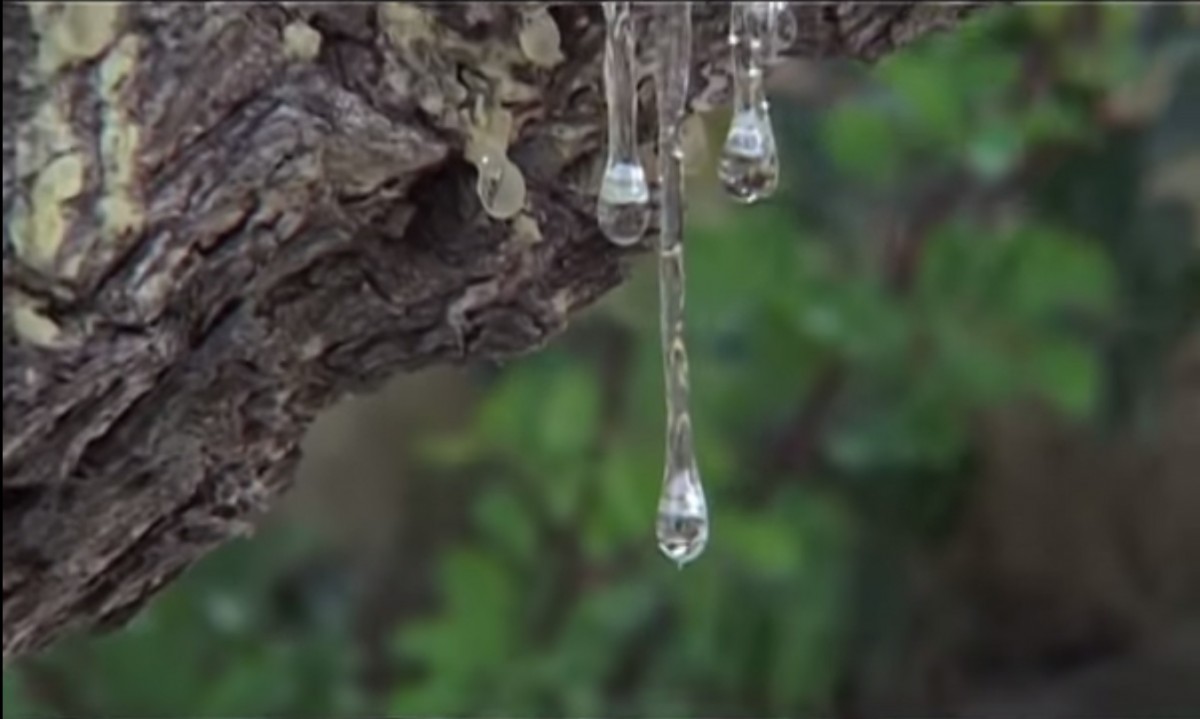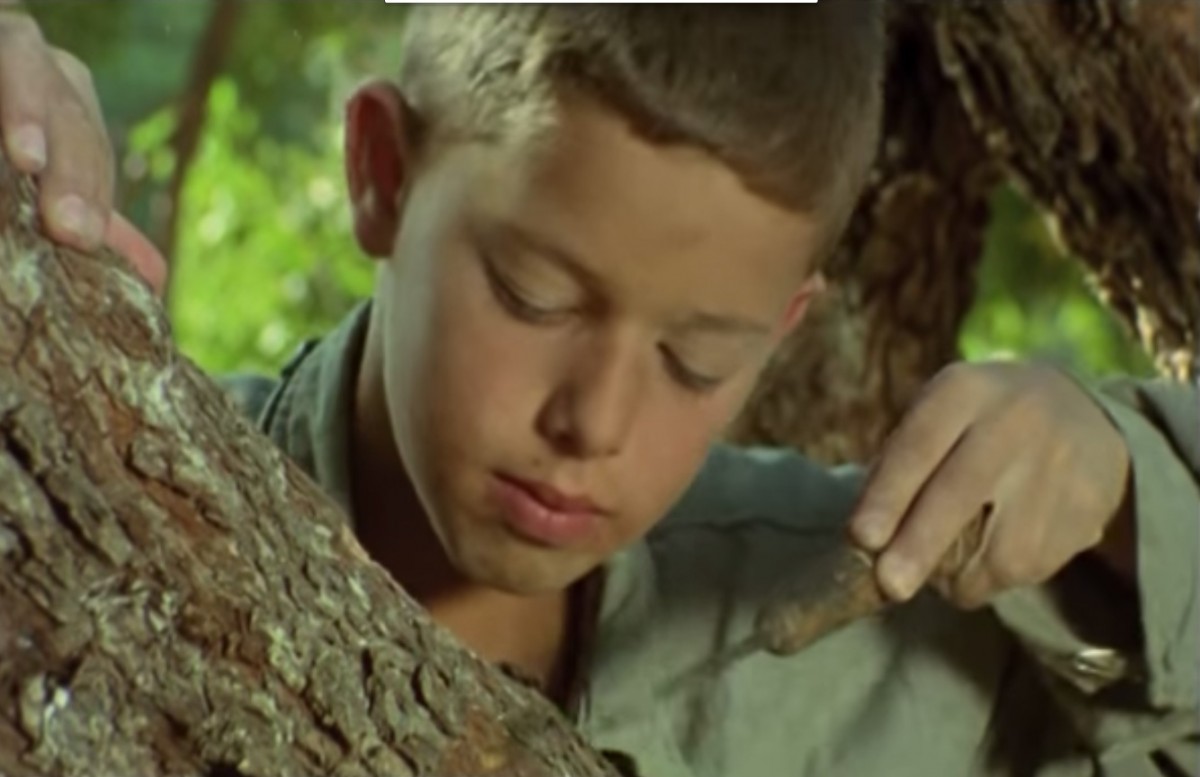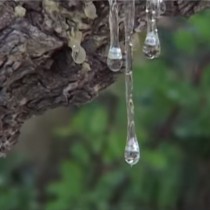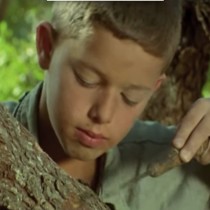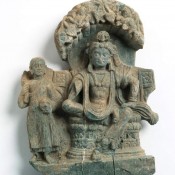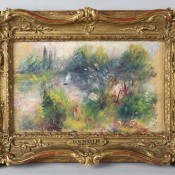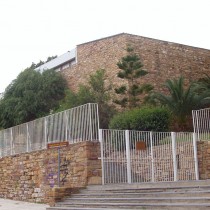The know-how of cultivating mastic on the island of Chios (East Aegean) has been inscribed on UNESCO’s Representative List of the Intangible Cultural Heritage of Humanity.
According to a statement by the Hellenic Ministry of Culture and Sports, the cultural arm of the United Nations endorsed the Greek request during its annual conference in Paris, which took place on November 24-28, 2014.
Mastic is cultivated on the island of Chios from the aromatic resin mastiha, which is extracted from the shrub pistacia lentiscus. Mastic has long been renowned for its numerous properties.
Family occupation
The knowledge associated with the cultivation and collection of mastic is passed down from generation to generation. The mastic culture is a family occupation that requires laborious care throughout the year by men and women of all ages who participate on equal terms in the various stages. Men take care of the natural fertilization and pruning of the shrubs in winter, while from mid-June, women sweep, level and clean the ground around the trunk, so that the mastic can easily be recovered. From July, an incision is made in the skin of the bark and main branches with an iron tool. Once the mastic has solidified, women select the larger ‘tears’ first, wash them and place them in wooden boxes in a cool place. Older members of the community are responsible for transmitting the techniques for incision and harvesting the mastiha to younger generations.
The culture of mastic represents a comprehensive social event, around which networks of alliances and mutual help have been established. The communal practices are also an occasion for perpetuating collective memory through the narration of old tales and stories.
